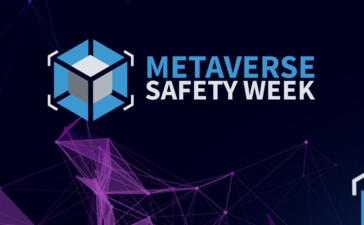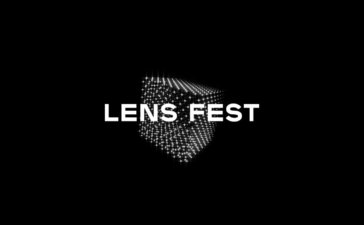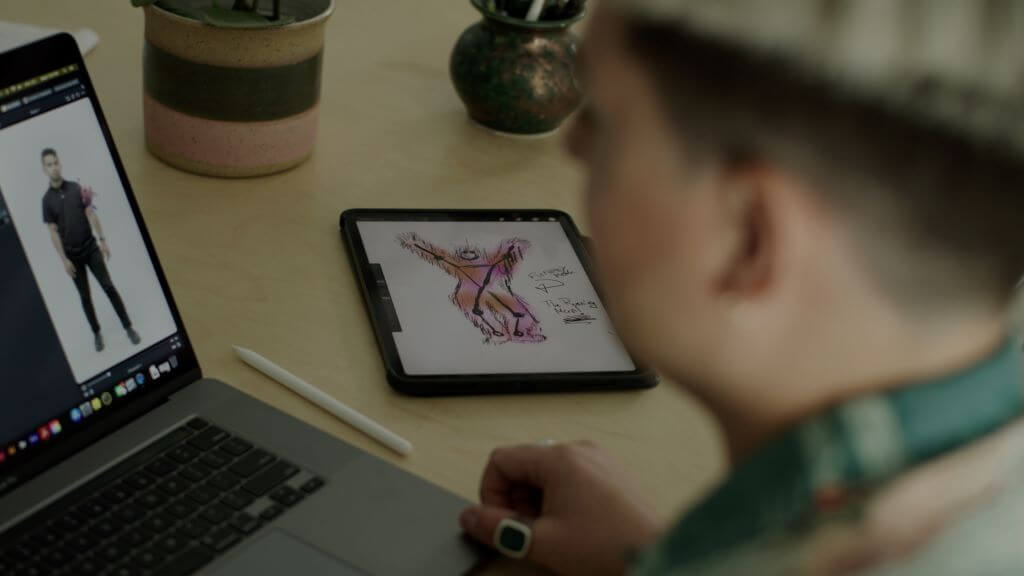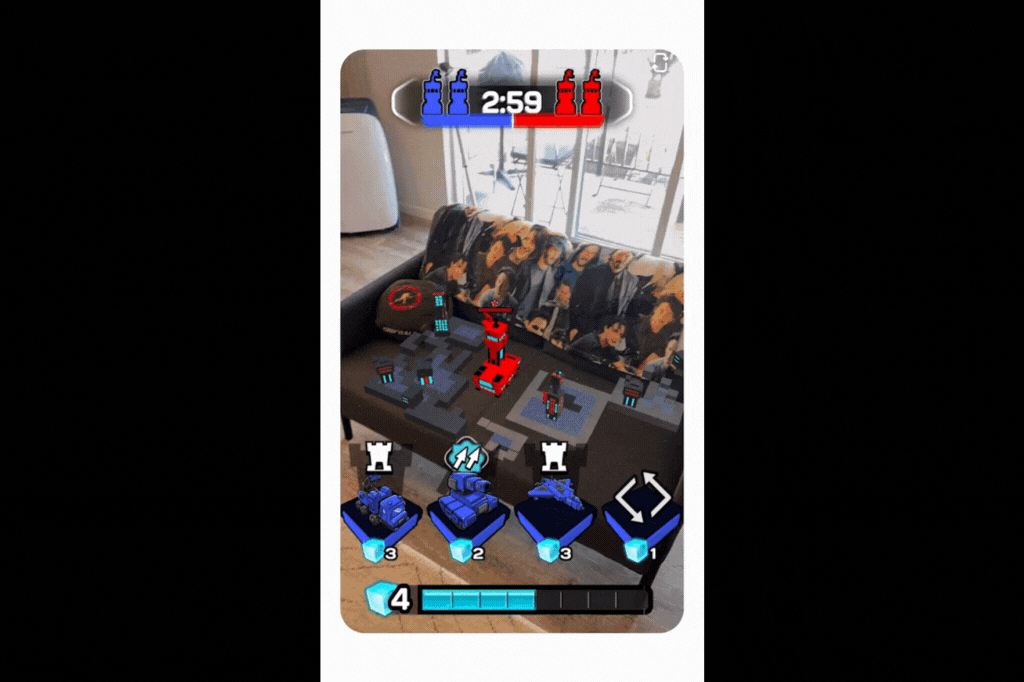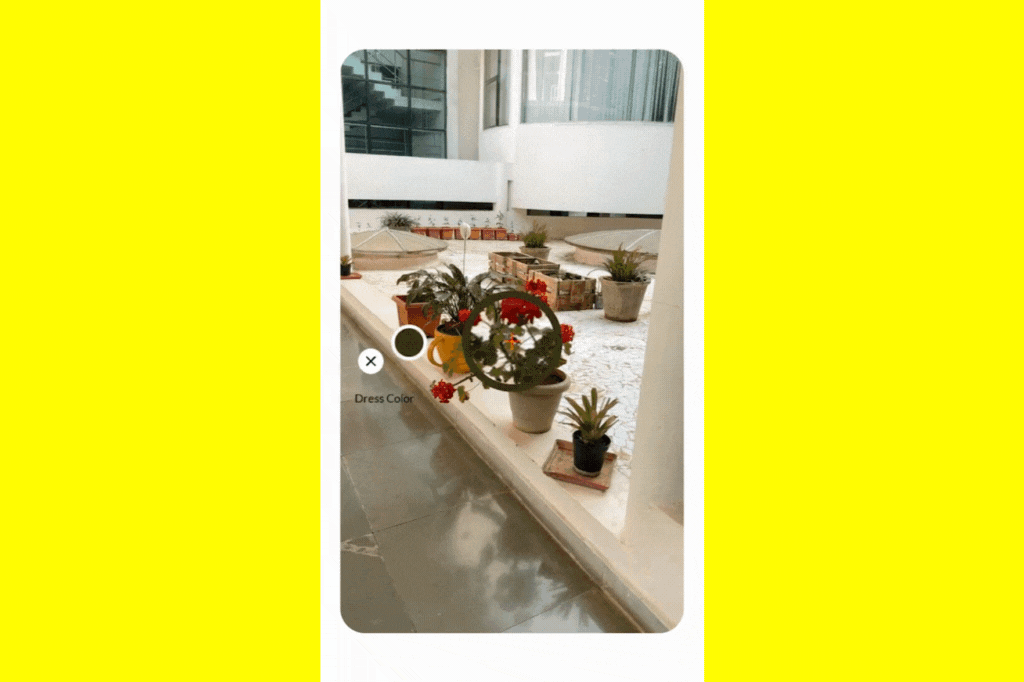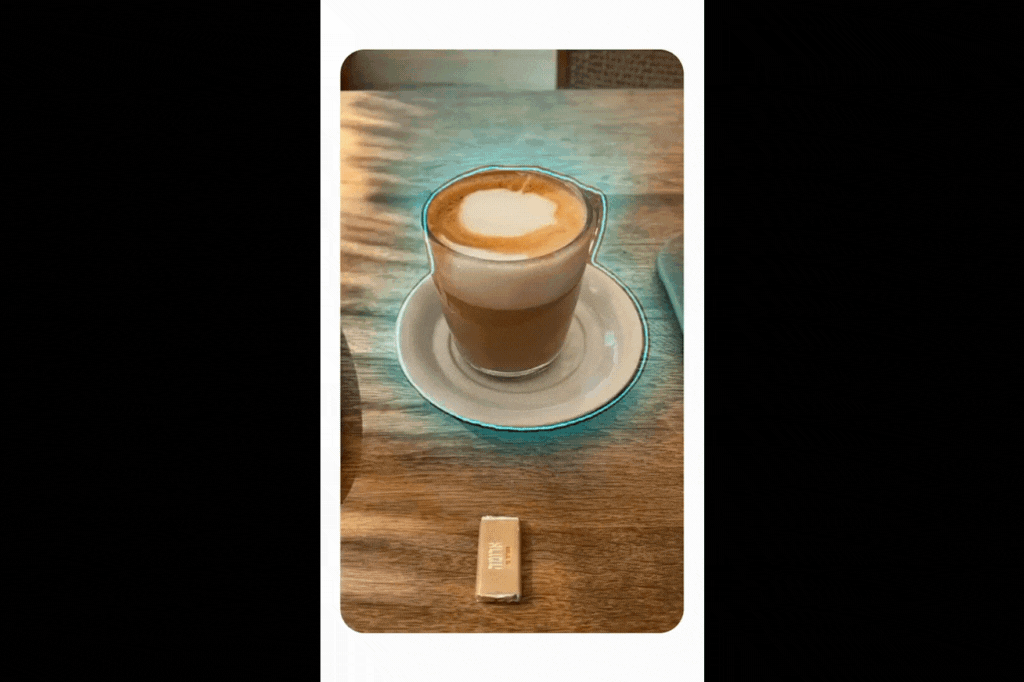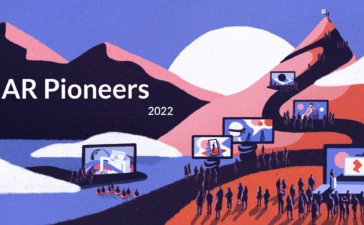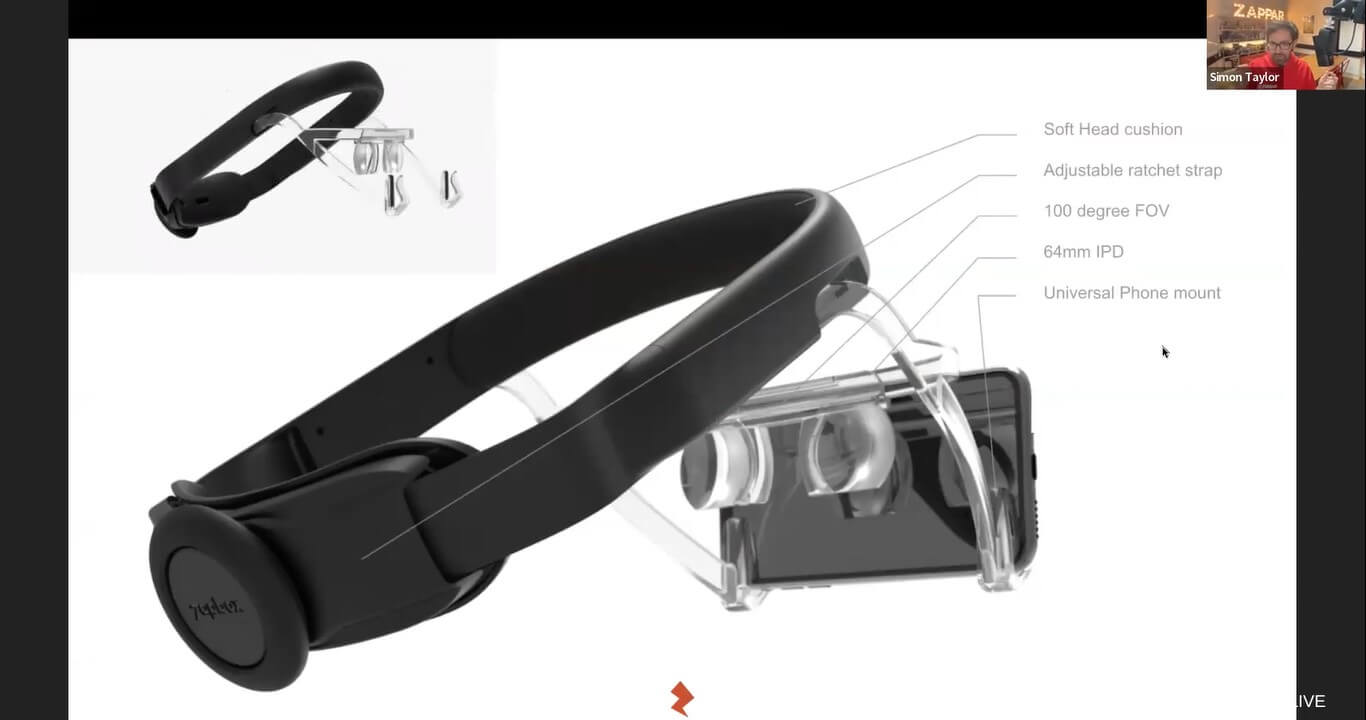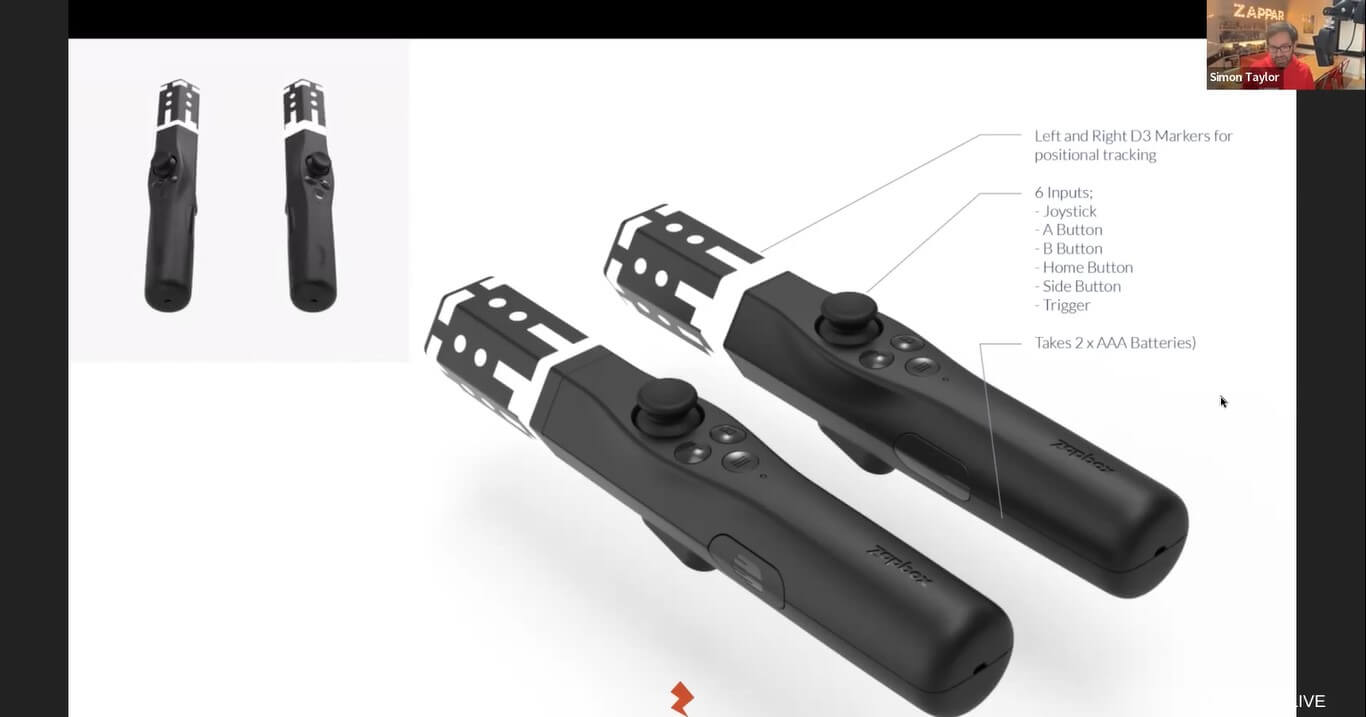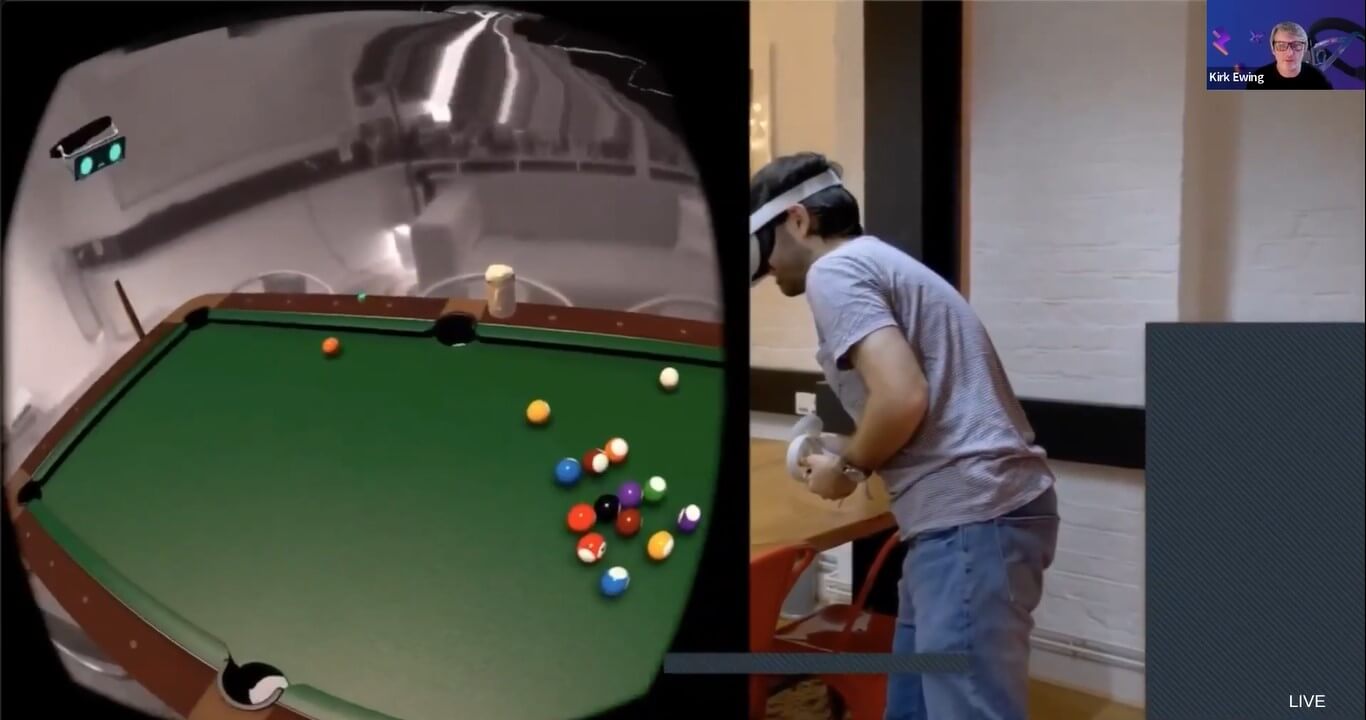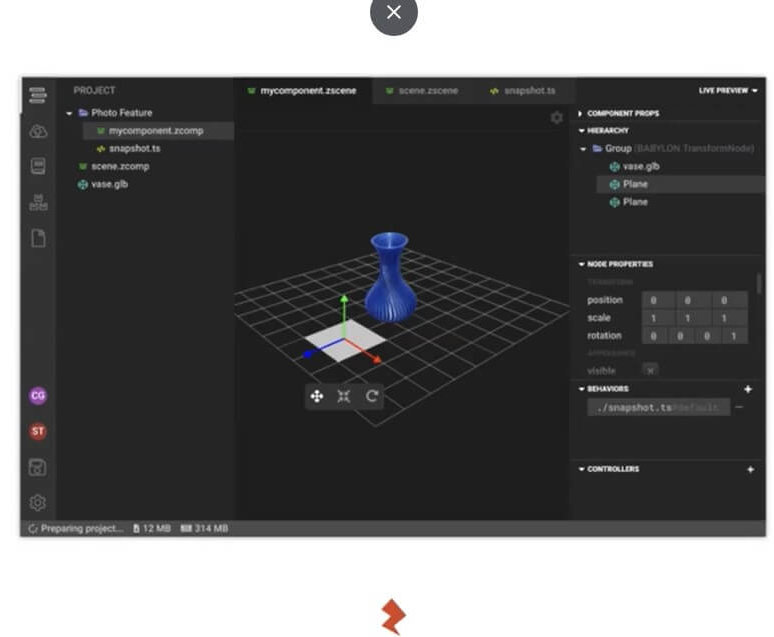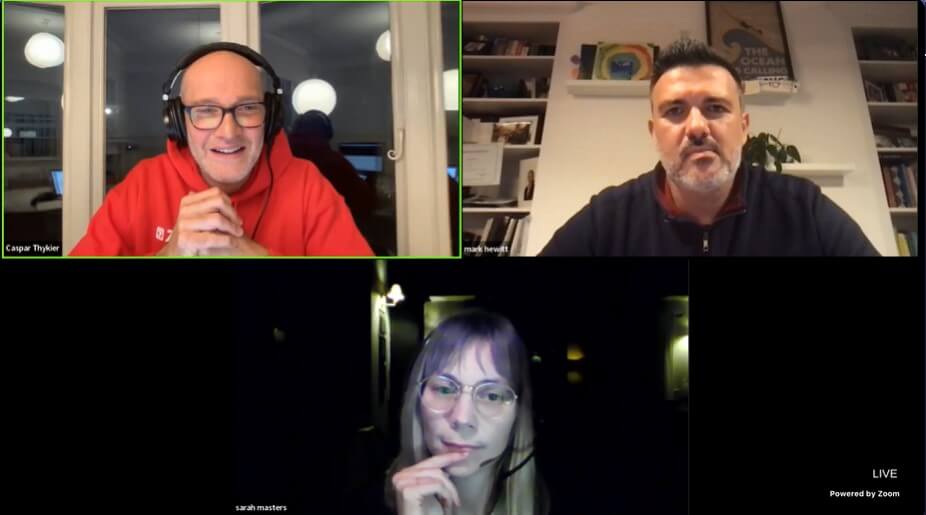Metaverse Safety Week 2022
Last week saw the XR Safety Initiative’s third annual Metaverse Safety Week (formerly known as XR Safety Week). As ever, the week started on International Human Rights Day, December 10, and was followed by five days packed full of panels and talks, with each day having a different theme relating to safety in immersive environments.
We couldn’t attend all of the Metaverse Safety Week sessions live or watch the feeds fast enough to keep up with everything. But, this article presents some highlights of the event.
Kavya Pearlman’s Welcome to Metaverse Safety Week
Of course, the event started with an introduction by XRSI founder Kavya Pearlman. Pearlman addressed the audience through her AltspaceVR avatar in the virtual model of the Taj Mahal custom-made for the event by the design studio Chicken Waffle.
“On the seventy-fourth Human Rights Day, we’ve assembled world leaders, technology professionals, global regulators, policy experts, ethicists, ethics organizations, researchers, and under-represented voices,” said Pearlman. “Metaverse Safety Week is so important as a point of reflection for all of us. We’re bringing the world together to safeguard the metaverse.”
The “Pong” Version of the Metaverse
The first topic of discussion was Dr. Louis Rosenberg’s video on the metaverse for More Perfect Union. Following the video, Rosenberg appeared on stage to further address some of the key topics in metaverse safety.
“When thinking about human rights for the metaverse, I think it’s useful to just set the context a little bit into the future – think about the 2030s. I say that because the work we do today is really preparing us for the future,” said Rosenberg. “Today is really the ‘Pong’ version of the metaverse.”
A little later in the day, HTC’s China President and Global VP of Corporate Development, Alvin Wang Graylin, took the stage. Graylin’s presentation focused on lessons learned of immersive technology. According to Graylin, today’s excitement is the result of related technologies developing together – a condition which creates opportunities for good and bad.
“As an industry, we need to make sure to educate the world as well as watch out for bad actors and keep them from doing the wrong things,” said Graylin. “Instead of trying to create a closed world and take value off the table, we really need to work together to create open worlds that are interoperable.”
This same day saw the announcement of the XR 2030 Policy Fund from the Minderoo Foundation. The program “will award funding to researchers and civil society leaders who are advancing the next generation of digital media ecosystems to prioritize public interest values.”
Building a “Super World”
Day two opened with a discussion led by SuperWorld’s Hrish Lotlikar. Lotlikar told ARPost last summer that he wants the platform to be “the gateway” between the physical and the virtual worlds. At Metaverse Safety Week, he was addressing how emerging technologies can work together to make individuals feel more attached to the world around them.
“The importance of decentralization is that it allows us all to become stakeholders in the environments that we’re playing in, that we’re working in, that we’re building together,” said Lotlikar. “At SuperWorld, our vision is to enhance society and build a better world – and we can do that with these technologies.”
That morning also saw the launch of the “Metaverse for All” certificate program. Launching next year, the program will provide “An informative and enlightening course to shed light on the many ways in which the metaverse will change the world.”
How the Metaverse Will Impact the Young
Day three was all about metaverse safety for children and it kicked off with a talk by Representative Lori Trahan. Despite it being her first time in AltspaceVR, Trahan’s talk was moving.
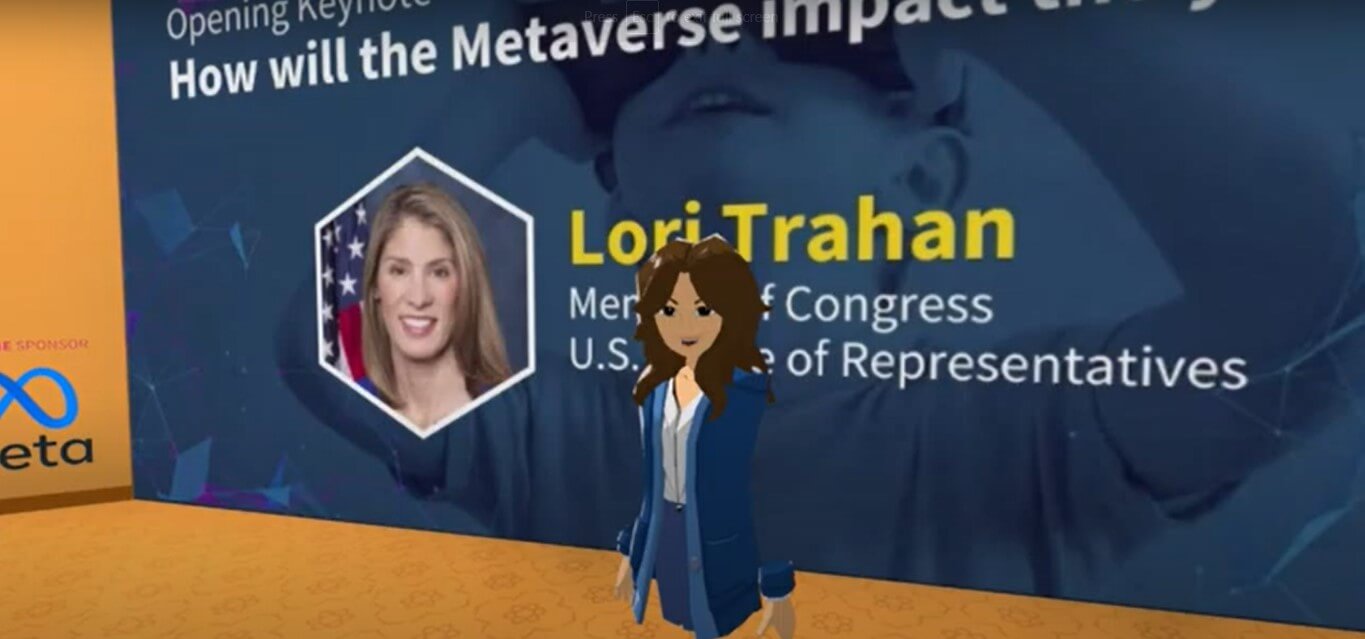
“Whenever we access the metaverse, data about ourselves can be stored, accessed, and used by people who will pay for our data to influence and manipulate us in real time. And, as we all know by now, it could even be shared with third parties and governments without our knowledge,” said Trahan. “That’s why we must pass comprehensive privacy legislation.”
Trahan pointed out that, while data is a common metaverse safety concern in the immersive technology community, it is an issue largely outside of the experiences themselves. We also need to be mindful of interactions within the immersive experiences as they occur.
“The high levels of harassment in social media and in video games have already become prevalent in the metaverse,” said Trahan. “In fact, the harms we know all too well from platforms like Instagram, TikTok, and Snapchat can often be seen in the metaverse where immersion and a sense of physical presence can make these negative experiences even more visceral.”
And the Young Said…
Later that same day, a “Youth Panel” took the stage. The panel consisted of five members of the International Child Art Foundation (ICAF) between the ages of 13 and 23, and was moderated by the Foundation’s founder Ashfaq M. Ishaq. The panel presented a rare opportunity to hear young people speak for themselves on metaverse safety issues like the efficacy of age restrictions.
One speaker pointed out that, in her experience, VR motion sickness went away as she got older – so not exposing children to VR too young might help to give them a positive first impression. Another pointed out that age restrictions might be less helpful than a system of content warnings for VR experiences similar to those for films and television programs.
Perhaps the most engaging takeaway was that the metaverse might be about games or work for most people reading this but, for a growing number of young people, it’s also about socialization. That can introduce potential metaverse safety issues without immediate solutions.
“Not forming relationships through the metaverse is no longer an option. We have to rely on these new connections that we’re making to be able to reach out,” said ICAF member Alaalitya Acharya. “When you’re interacting with somebody through an avatar, what are some of the signs that you need to look out for in the same way as when you meet someone face-to-face?”
So. Much. Content.
We tried to bring you just about as much as possible from Metaverse Safety Week. And there’s so much more that would have been worth presenting. But alas, five days of sessions averaging about eight hours each doesn’t really fit into an article. If you want to explore it yourself, you can find the recordings on XRSI’s YouTube channel.
Metaverse Safety Week 2022 Read More »
